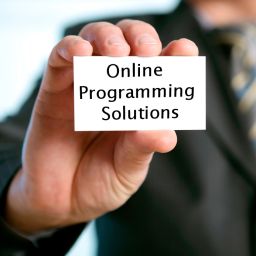BASICS OF COMPUTER HARDWARE
Basics of computer hardware includes the basic components of computer and its terms and terminologies.
CPU CABINET
CPU cabinets are the only containers of the hardware components of the computer, their are mainly two classifications of cabinets AT and ATX (came from AT and ATX class motherboards).
AT - Created by IBM.
ATX- Created by Intel.
AT is an old method where the size is bigger and most ports are located at the back of the cabinet and power is directly connected to the board rather than to the switch, with this system will turn off but power supply will last until the user manually switches off.
ATX cabinets are cute and provides customization of ports and the power supplied through switches so power will be dropped automatically when the system is turned off.
 |
| AT |
 |
| ATX |
SMPS(Switch Mode Power Supply)
Distributes the total power into required amount of power to each component of the computer.
Motherboard
An area where all the components are connected especially the processor.
RAM(Random Access Memory)
A primary memory where files are loaded when an application is executed its dependent files are loaded into the primary memory.
DDR(Double Data Rate)
According to the class of motherboard,capacity and speed RAM vary and new innovations are made..
DDR1
DDR2
DDR3
PCI(Peripheral Component Interconnect)
Enables the user to add extra cards which provides better facility and performance examples sound card,graphics card, TV turner card these enables extra memory allocated to them with the help of special driver software.
The main advantage of PCI is that if the on board functioning is stopped then the user can provide that functionality by adding the corresponding PCI card in the PCI slot of motherboard.
Example:- if a motherboard doesn't provides sound functionality then the user can add a sound card into the PCI slot with corresponding driver software and can enjoy the sound.
BIOS(Basic Input/Output System)
Consist of a set of programs which enables the user/Administrator to choose between the functionality of the computer. set of instructions that are maintained as the configuration of the system.
CMOS(Complementary Metal Oxide Semiconductor)
Which is used to save the changes made to the BIOS settings.
POST(Power On Self Test)
Checking the hardware components status that they are ready for the processing and if everything is correct then loads the OS. Will return a beep sound from the system when it is switched on(if the on board speaker is connected).















1 comment:
I really find a good blog, which is informative and also interesting.I really enjoyed by reading your blog.
Post a Comment